<p>On August 5, 2024, the streets of Dhaka bore witness to a convulsion of history — not one of peaceful transition, but of chaos, orchestrated uprising, and anarchy. The headlines screamed of protesters storming Dhaka, Sheikh Hasina resigning, and mobs looting her residence. For the first time in 15 years, Bangladesh was without Hasina at the helm. But what many Western outlets whitewashed as a “student movement” was, in reality, a cold, calculated regime-change playbook where Islamists and opposition leaders aligned, allegedly with Western blessings, to topple the last standing bulwark against radical Islamism in South Asia.<br />And with Hasina’s fall, Bangladesh tumbled into darkness.</p>
<h2><strong>A Protest Or A Proxy Coup?</strong></h2>
<p>What began as anger over a revived quota system quickly morphed into a national uprising. At face value, the protests appeared to be student-led demonstrations against the reinstatement of 30% government job reservations for descendants of 1971 freedom fighters. However, the speed at which the movement spiralled into widespread violence — targeting state institutions, police stations, and ultimately the prime minister’s residence — belied spontaneity.</p>
<p>By mid-July 2024, the situation had escalated to the point where Sheikh Hasina deployed the army to curb the violence. In a chilling foreshadowing of what was to come, 32 people were dead, hundreds injured, and state-run BTV was up in flames. Amid high inflation, rising unemployment, and strategic information blackouts, violent mobs took over the capital. The anti-quota slogans faded, replaced by chilling calls for Hasina’s resignation and chants glorifying Islamist leaders.</p>
<h2><strong>Jamaat-e-Islami, BNP, And The Shadow Of Washington</strong></h2>
<p>It didn’t take long for the real forces behind the turmoil to reveal themselves. The Jamaat-e-Islami (JeI) and Bangladesh Nationalist Party (BNP), known for their pro-Islamist leanings and virulent anti-India stance, piggybacked on the protests. With logistical backing and deep mobilisation networks, the movement ballooned into a full-scale insurrection.</p>
<p>Hasina had warned of foreign interference. Just months before her resignation, she accused the United States of engineering her ouster after she refused to hand over strategic control of Saint Martin’s Island. Her claims, initially dismissed, found eerie validation when Nobel laureate and longtime US favorite Muhammad Yunus was installed as the “Chief Advisor” in the interim regime within days of her removal. The former darling of Western institutions, Hasina had become inconvenient once she chose national sovereignty over Western diktats.</p>
<h2><strong>The Fall Of Dhaka, The Fall Of Sanity</strong></h2>
<p>On August 5, as the army turned its back on her, Sheikh Hasina was given just 45 minutes to resign and flee. She chose to leave rather than shed student blood. Her evacuation to India marked the end of an era in Bangladeshi politics: one that, despite its flaws, at least stood firmly against radicalisation and maintained a semblance of pluralism.</p>
<p>Within hours, her official residence was overrun. Mobs paraded with flags, vandalised property, and committed what can only be described as acts of symbolic humiliation, including the grotesque display of Hasina’s garments on tanks.<br />But the worst was yet to come.</p>
<h2><strong>Bangladesh’s Descent Into Islamist Terror</strong></h2>
<p>In the immediate aftermath of Hasina’s ouster, the country witnessed an explosion of targeted violence against Hindus. On August 5 alone, over 119 people, including 25 police officers, were killed. More than 54 Hindu temples, shops, and homes were attacked in coordinated assaults across Natore, Dhamrai, Khulna, Meherpur, and other districts.</p>
<p>In Meherpur, the ISKCON temple was vandalised. In Jessore, mobs looted jewellery and cattle and demanded <em>jiziya</em> (Islamic tax) to spare Hindu lives. One gruesome incident saw a dead Hindu man’s corpse stripped to check for circumcision. When confirmed non-Muslim, the mob burst into cheers, screaming, “Hindu! Hindu!”</p>
<p>By August 15, the Hindu-Buddhist-Christian Unity Council had recorded 205 incidents across 52 districts: 190 cases of looting, 32 homes set ablaze, 16 temples desecrated, and two rapes.</p>
<h2><strong>Foreign Media’s Great Whitewash</strong></h2>
<p>Western and Indian Islamo-leftist outlets downplayed the violence as “political” in nature. The brutal attacks on Hindu temples, the naked religious profiling, and chants of “Nara-e-Takbeer” during arsons were conveniently omitted from their reports. Human rights groups and pro-Awami League activists who tried to speak up were branded as agents of “Hindu fascism” or “Indian RSS stooges.”</p>
<p>It was only in February 2025, when the UN High Commissioner for Human Rights released a 104-page report, that the magnitude of the atrocities began to be recognized globally. Even then, the Yunus-led interim government dismissed it as “exaggerated” and blamed “Indian media propaganda.”</p>
<h2><strong>Rise Of The Caliphate State</strong></h2>
<p>Within months, Bangladesh turned into a textbook Islamist dystopia. Yunus lifted the ban on Jamaat-e-Islami. Radical preachers were released from prison. Militants from the Ansarullah Bangla Team found new homes in government offices.</p>
<p>Even education was not spared. New textbooks erased Sheikh Mujibur Rahman’s legacy and instead credited Ziaur Rahman, the BNP strongman, as the true hero of independence—a man beloved by Islamists.</p>
<p>Meanwhile, Hindus were being systematically purged. By November 2024, over 60 Hindu government officials, professors, and civil servants were publicly humiliated and forced to resign. Many were surrounded by mobs, garlanded with shoes, and had ink smeared on their faces.</p>
<p>In a particularly shocking episode, ISKCON monk Chinmoy Krishna Prabhu was arrested under sedition charges for organizing protests seeking protection for Hindus. He was tortured, denied medication, and granted bail only months later, as the Yunus regime continued to hound him with fresh charges.</p>
<h2><strong>India-Bangladesh Relations at a Low Point</strong></h2>
<p>Not only did Bangladesh under Yunus unfriend India, but it also began parroting Chinese propaganda. Yunus’s advisors, including Mahfuz Alam and Mahmudur Rahman Mannan, openly advocated using Bangladesh as a springboard for Chinese influence in India’s Northeast.</p>
<p>During a Chatham House event in London, Yunus shamelessly called for Sheikh Hasina’s extradition from India and blamed PM Narendra Modi for “fueling unrest” through Indian media. Bangladesh’s interim rulers have since repeatedly tried to reframe the 1971 war as an internal struggle, undermining India’s critical role in Bangladesh’s very creation.</p>
<h2><strong>’Tawhidi Janata’, Institutionalisation Of Islamic Extremism</strong></h2>
<p>A new vigilante force, self-styled as Tawhidi Janata (“Revolutionary People”), emerged as enforcers of Islamic morality. They policed social behavior, attacked minorities, and operated with state blessing. Mobs of hundreds routinely attacked Hindu households for imagined “blasphemy”.</p>
<p>One such mob attacked 15 Hindu homes in Rangpur district on July 28, 2025, citing alleged blasphemy. No arrests were made.</p>
<h2><strong>A Year Later</strong></h2>
<p>A year since Sheikh Hasina’s forced exile, Bangladesh is unrecognizable. An unholy mix of radical clerics, US-favored technocrats, and ex-BNP operatives run the show, while Hindu temples lie in ruins and Hindus themselves continue to migrate in despair.<br />The Yunus regime’s economic mismanagement has taken a toll, too. Inflation is at record highs, foreign reserves are depleted, and law and order have completely collapsed. Yet, instead of reform, the focus remains on silencing dissent, rewriting history, and expanding Islamist control.</p>
<h2><strong>Warning For The Subcontinent</strong></h2>
<p>The violent regime change in Bangladesh was not just a local political event; it was a warning signal to the region that democracy can be subverted, secularism dismantled, and religious minorities exterminated — all while the world watches in comfortable ignorance.</p>
<p>Bangladesh today stands as a mirror image of what Pakistan became in the 1980s: an ideological state, held hostage by jihadist impulses. Hindus, Buddhists, and Christians, the real sons and daughters of the soil, are being driven out or buried under the rubble of broken temples.</p>
<p data-start=”6843″ data-end=”7059″ data-is-last-node=”” data-is-only-node=””><em>(The writer is a technocrat, political analyst, and author)</em></p>
<p data-start=”6843″ data-end=”7059″ data-is-last-node=”” data-is-only-node=””><strong><em>[Disclaimer: The opinions, beliefs, and views expressed by the various authors and forum participants on this website are personal and do not reflect the opinions, beliefs, and views of ABP Network Pvt. Ltd.]</em></strong></p>
World
One Year After Hasina, Bangladesh’s Islamist Anarchy Continues | OPINION
by aweeincm
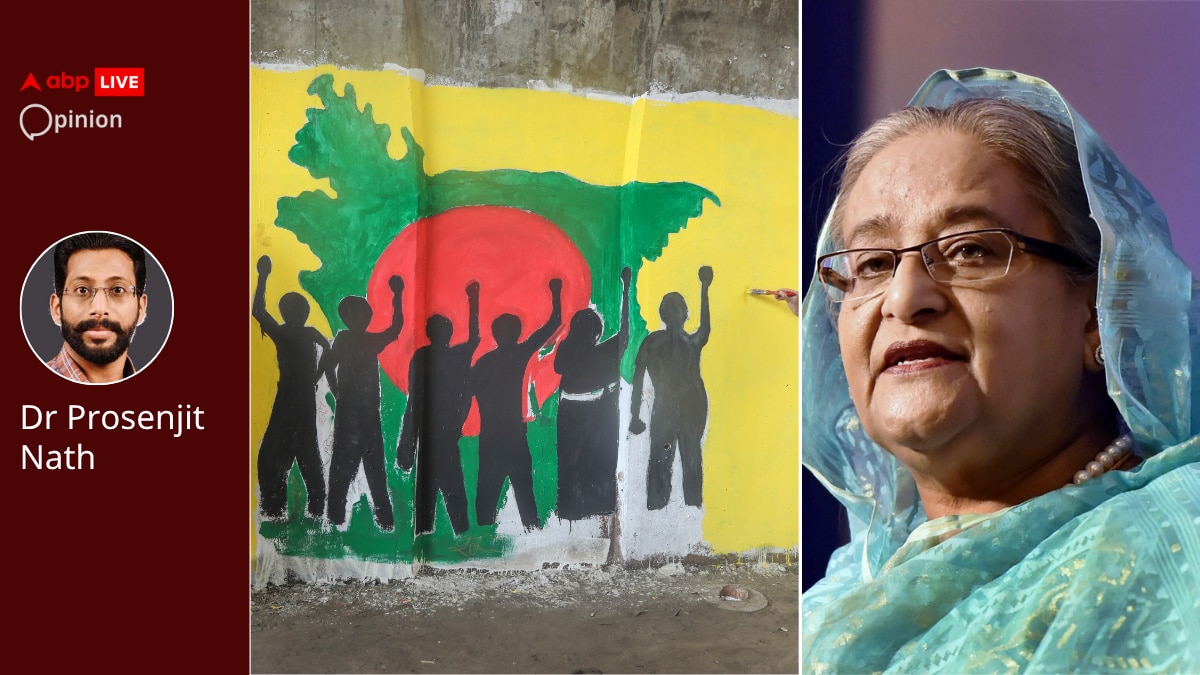
Recent Post
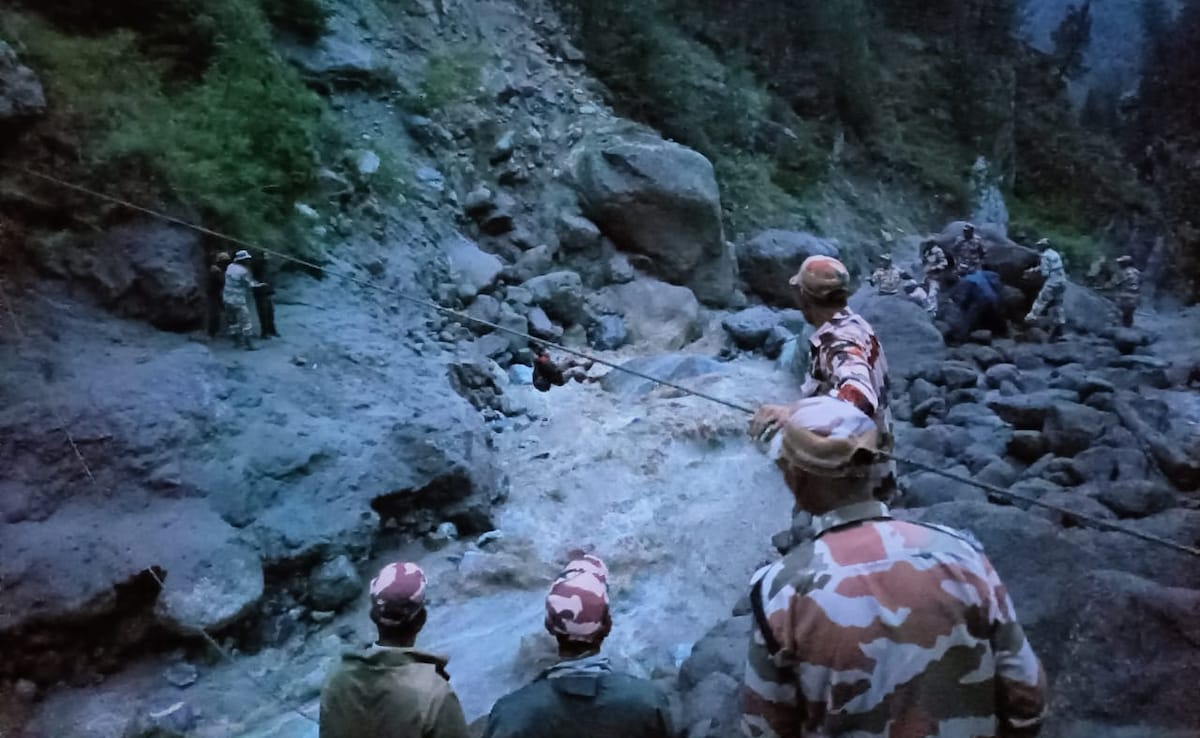
28 Kerala Tourists Missing After Flash Flood Horror In Uttarakhand
A 28-member group of tourists, who are natives of Kerala, ... Read more
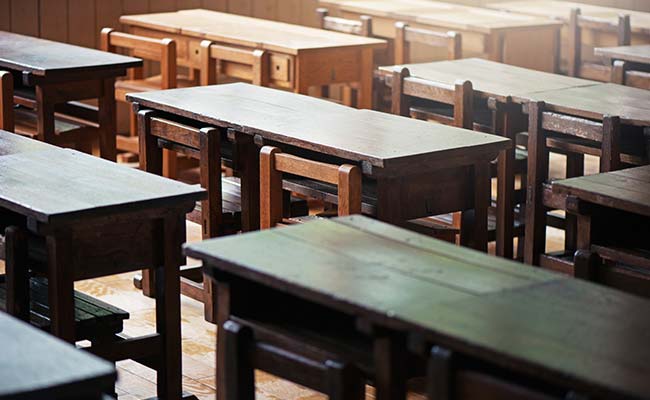
Heavy Rain Forces Kerala School To Declare Holiday, Roof Collapses Hours Later
A major tragedy was narrowly averted on Wednesday after the ... Read more
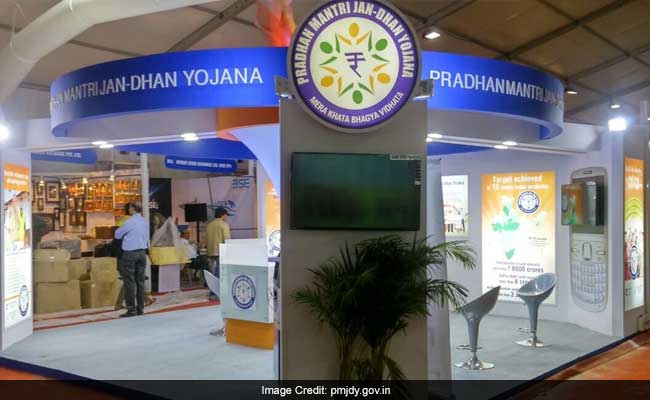
Jan Dhan Account Holders Can Complete Re-KYC Till September 30: RBI
RBI Governor Sanjay Malhotra announced on Wednesday that a large ... Read more
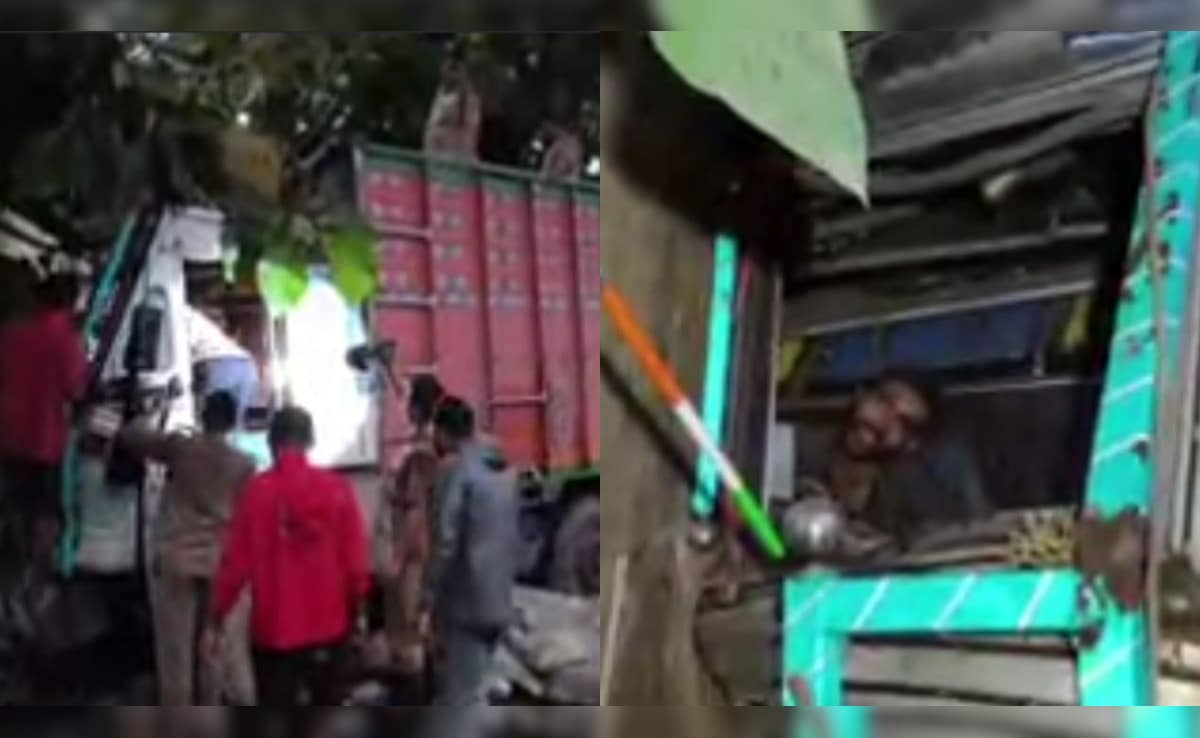
Help Delayed After Truck Crash, Tripura Driver Dies, Viral Video Sparks Outrage
Serious questions are being raised over the efficiency of Tripura’s ... Read more